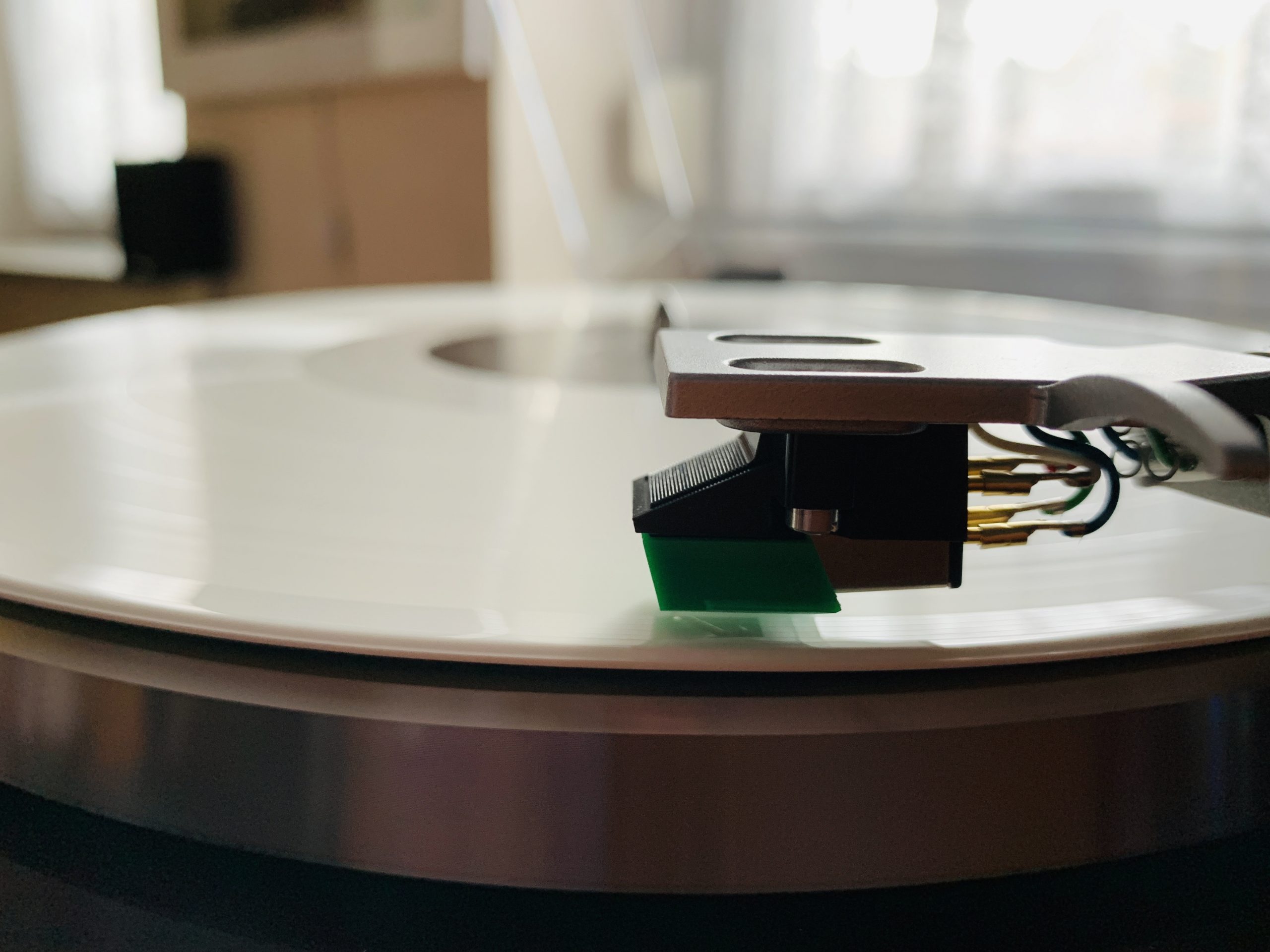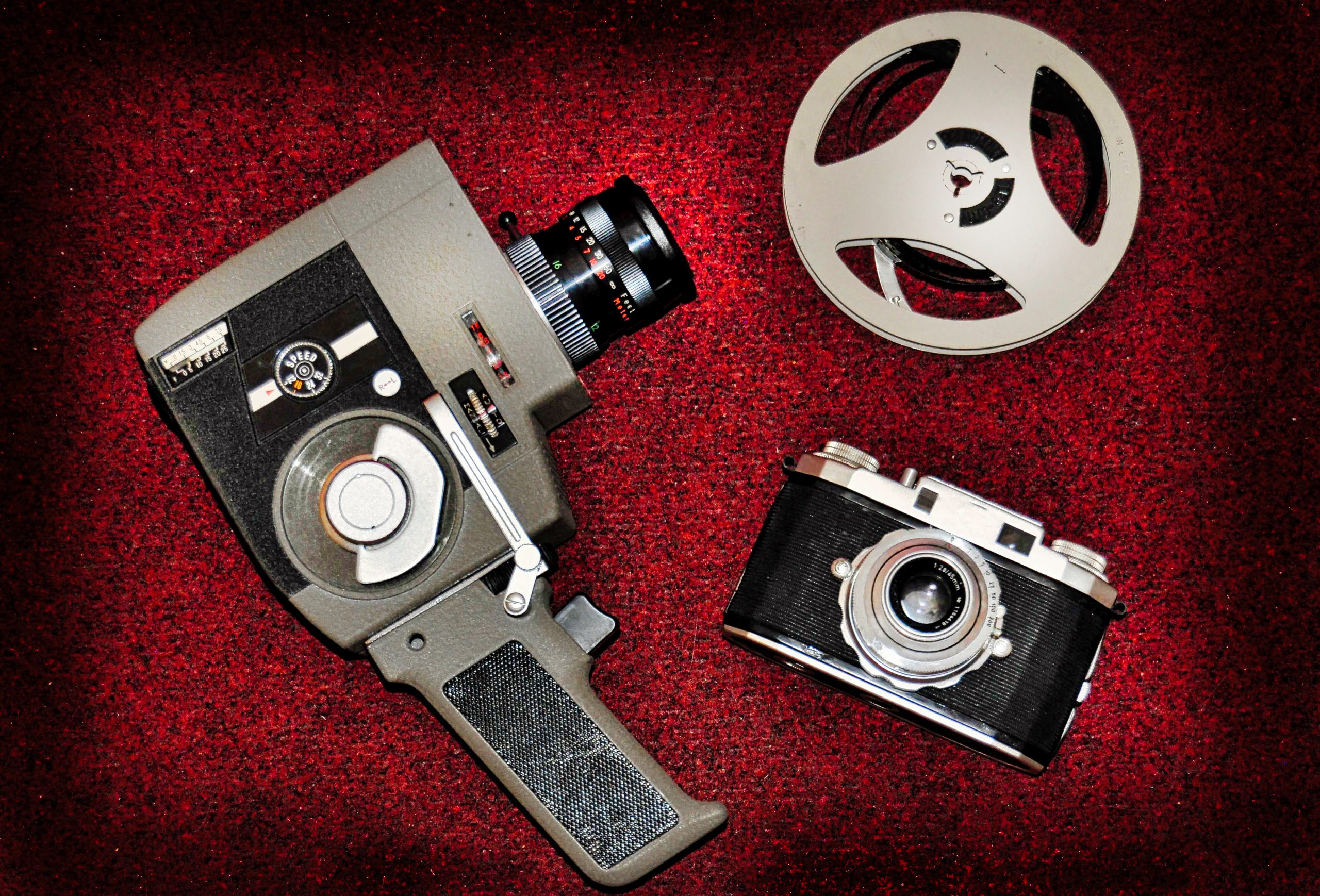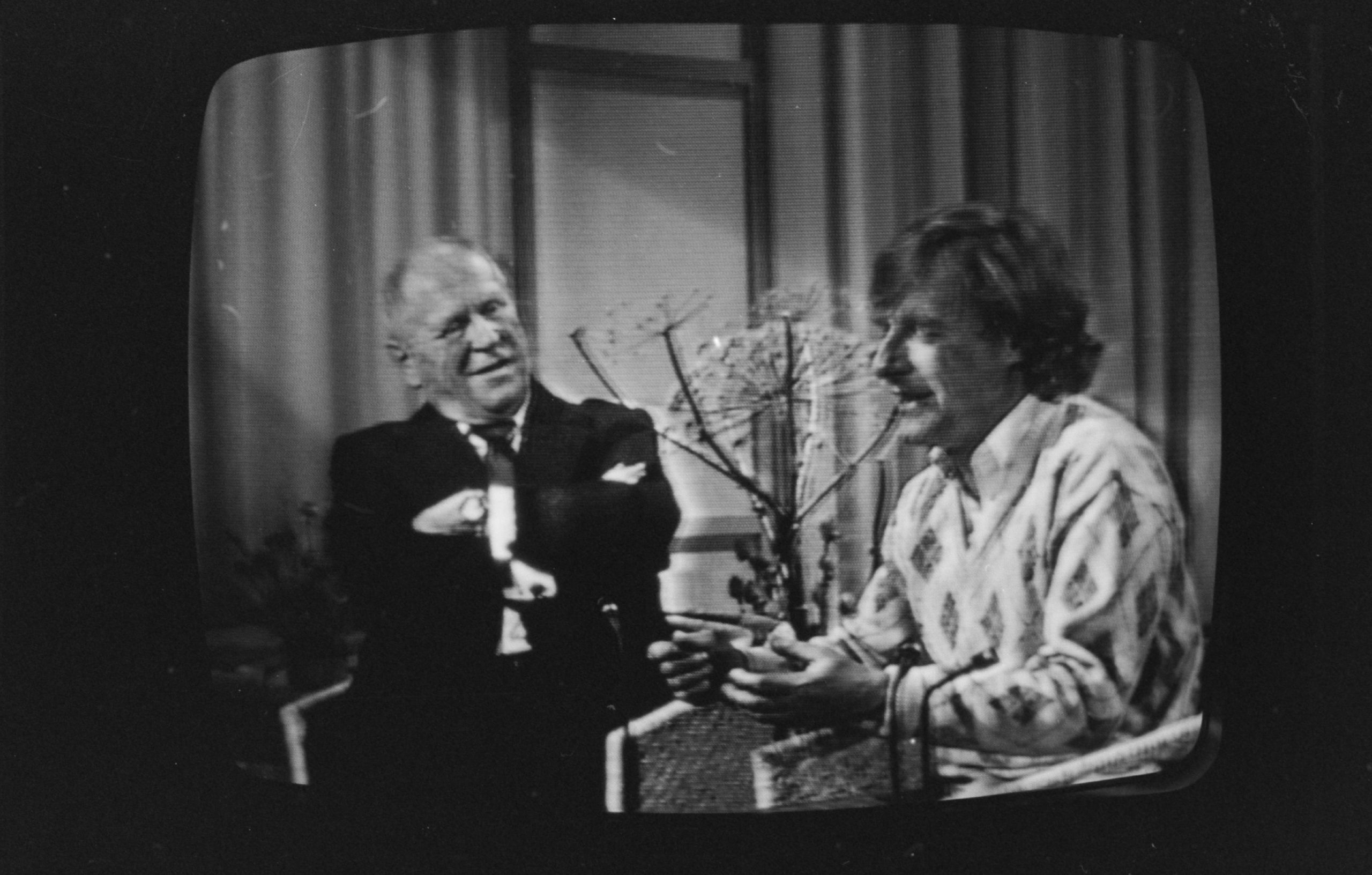Without his work, the first James Bond films would have been no more than “average spy thrillers,”: Ian Fleming’s James Bond novels provided the basis for the 007 films, but a novel alone does not a make film. With the James Bond films, Ken Adam was given the opportunity to create the appearance of a new franchise from scratch: In the process, he set standards that are still referred to today. The James Bond films are not distinguished solely by the lead actors nor solely by the story: The film sets are also a big part of the James Bond films’ recipe for success. What Ian Fleming put on paper in his James Bond novels, Ken Adam translated into cinematic reality with his production designs: In a way, the production designer became the co-author of James Bond, because based on Fleming’s novels he created the image of the British secret agent as it is known until today. As a production designer, Ken Adam is part of a group of film creatives who are very rarely mentioned by name on a film poster – yet it was thanks to his creative influence that the first James Bond film Dr. No (1962) was not just another agent thriller…
The touch of utopia became Ken Adam’s signature feature.
The Touch of Utopia
Alexander Smoltczyk states in his biography of Ken Adam that it is exactly the 34th minute in which the first Bond film Dr. No ceases to be “a mediocre spy thriller”: It is the tarantula scene in which Dr. No instructs his henchman Professor Dent to incapacitate James Bond with the help of a tarantula.
In this scene – which, according to Adam, was not originally planned at all – the viewer gets to see for the first time what set the first James Bond film apart from all the other films made at the time: Instead of coming up with a fancy production design at this point, Adam went for ruthlessly reduced design: this may have been related, among other things, to the fact that Adam had only a meager 450 pounds left for this production design. But these 450 pounds were well spent: A set composed of a table, a chair, and a tarantula gave the first Bond film a touch of utopia from the 34th minute onward: This touch of utopia became Ken Adam’s signature feature and henceforth distinguished the production design of numerous James Bond films.
But not only the James Bond franchise benefited from Ken Adam’s design art…
Cultural household
Born Klaus Hugo Adam in Berlin in 1921, the son of a Berlin department store owner showed a taste for the world of art at a very young age: at the age of nine, Adam already made a detailed copy of Vincent van Gogh’s painting Farmer in a Blue Suit. His father’s department store on the corner of Leipziger Strasse and Friedrichstrasse in Berlin was often a meeting place for the greats of the film world of the time: among other things, the S. Adam department store in Berlin hosted celebratory receptions for greats of American film of the 1920s such as the leading actor in Charlie Chaplin’s The Kid, Jackie Coogan.
Adam’s parents are said to have embraced the cultural life of the roaring twenties – performances by the legendary singer Fritzi Massary were attended, as was the opera.
Ken Adam’s father Fritz Adam was a universally interested man who corresponded with architects, held celebratory receptions for aviation pioneers in his Berlin department store, and sponsored polar expeditions. So it happened that one day the polar explorer Roald Amundsen was invited to the Adam family’s apartment for tea – for Ken Adam it was one of his earliest encounters with the adventurous, which was the charm of life for the young Ken Adam.
Emigration – Study of Architecture
“At barely thirteen, I was an emigrant,” Ken Adam said, looking back on his family’s forced emigration from Germany. The family was forced to emigrate for religious reasons in the mid-thirties – although Adam himself had never seen the inside of a synagogue, as he later pointed out. Adam’s father was a soldier decorated several times in World War I – on top of that, Adam’s father even followed the Nazi government’s request to transfer his savings in foreign countries to Germany. Adam’s father is said to have just closed his Swiss numbered account when his family was forced to emigrate to the United Kingdom shortly thereafter – without savings and losing the exclusive status the Adam family had enjoyed in Berlin.
In the United Kingdom, the Adam family built a new life: Young Ken Adam was forced to leave his roots in Berlin behind. At the age of 17, he began studying architecture at the Bartlett School of Architecture in London: about his studies in architecture at the then rather conservative university, he later said: “(…) I had a thorough training as a draftsman and knowledge of architectural styles and architectural history. I had understood the principles. Now I just had to free myself from them.“
Ken Adam was the “real Q”.
The “real Q”
Ken Adam accomplished just that in the course of his burgeoning career as a film architect: He freed himself from prevailing norms and principles – in the process, he created a new world with his production designs that viewers were allowed to explore.
Ken Adam made his first experiences as a film designer in British film – Ken Adam also devoted a large part of his career to British film. In 1964, Ken Adam collaborated with Stanley Kubrick for the film Dr. Strangelove or: How I Learned to Stop Worrying and Love the Bomb.
However, Ken Adam gained his greatest fame for his set designs for the classic James Bond films: For numerous James Bond films in the sixties and seventies, Ken Adam not only designed the film sets, but also numerous gimmicks and gadgets from the Bond films: It is therefore often said that Ken Adam was the “real Q” – many of the Bond gadgets presented in the film by quartermaster “Q” were ideas from the pen of Ken Adam. One may wonder if Ken Adam reacted as agonized as Q when Bond had just wrecked another sports car with special equipment…
The world had never seen anything like it
In particular, the first James Bond film Dr. No served countless clichés of the sixties: be it the Asians dressed in protective suits or the omnipresent calypso music in Jamaica, there was no lack of clichés in this and the following James Bond films. But James Bond also opened up a world far removed from these common clichés to the viewer: the set designs of the James Bond films fascinated the viewer in the cinema seats, because the world had never seen anything like it. Who could imagine (as shown in Goldfinger) the inside of Fort Knox? Ken Adam could imagine it: With his designs, he shaped the imaginations of entire generations of viewers and left an indelible mark in collective memory. Alexander Smoltczyk even suggests in his Ken Adam biography that the tarantula scene in Dr. No is responsible for the fact that countless people are still afraid of this species of spider today…
Source: Smoltczyk, Alexander: James Bond, Berlin, Hollywood – Die Welten des Ken Adam [The worlds of Ken Adam], 2002 Nicolaische Verlagsbuchhandlung
Cover picture: © Simon von Ludwig

 Deutsch
Deutsch




